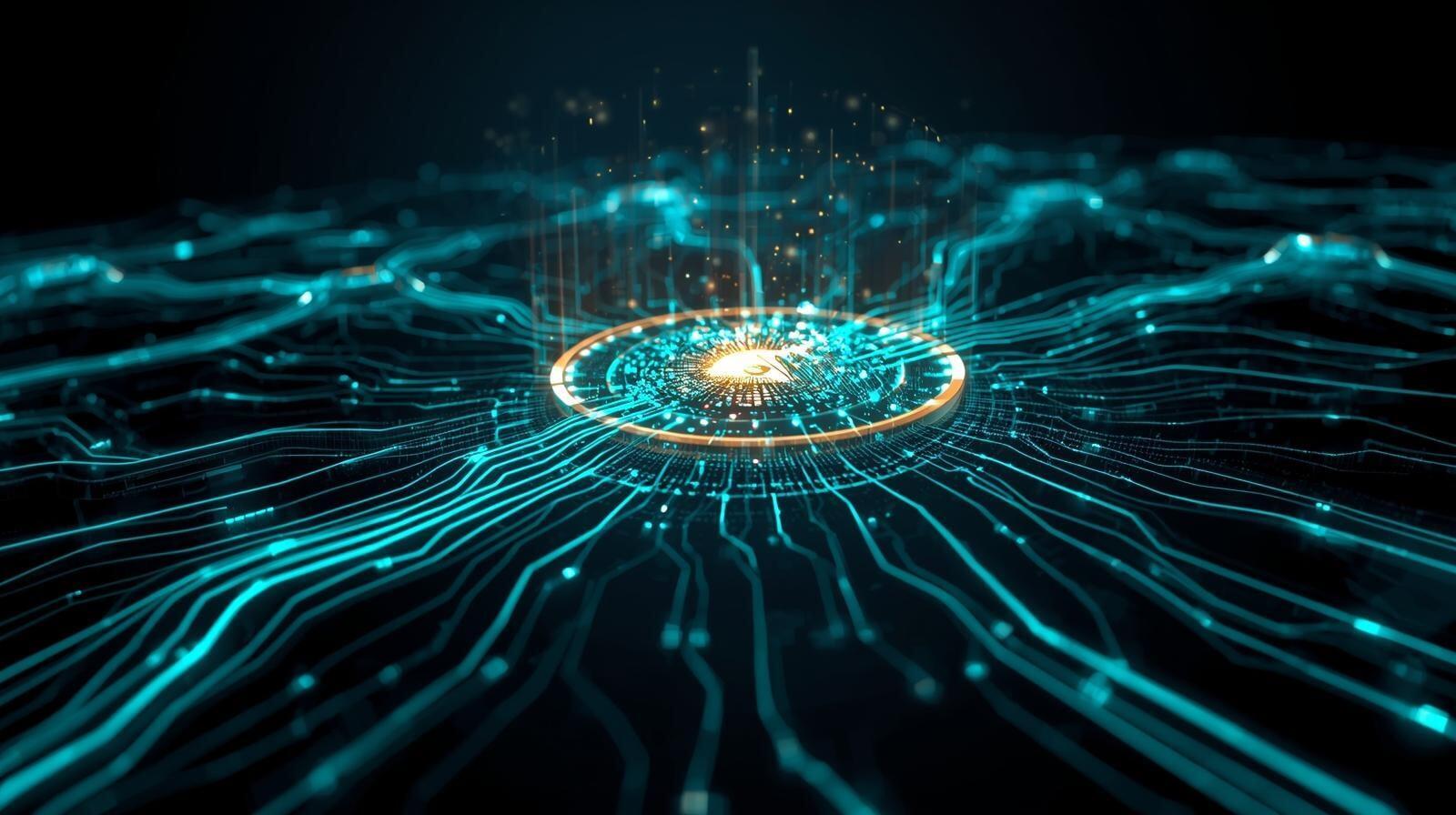Introduction:
We walked into the office one morning and saw an alert flashing on our screen: “Possible credential leak detected.” That moment made us pause. In a matter of minutes, we realised that digital threats are no longer futures—they’re now. In India’s rapidly evolving business environment, we cannot wait until after a breach to act. At Delphi, we’ve committed to staying proactive—because when it comes to protecting our digital assets, every second counts.

What is a Security Operations Center (SOC)?
Core Functions of Our SOC:
- 24×7 Monitoring of networks, endpoints, applications, and cloud services.
- Threat Detection and Analysis, using tools like SIEM, UEBA, and EDR.
- Incident Response, with defined workflows to contain, remediate, and learn from security events.
- Reporting & Continuous Improvement, delivering insights to leadership and updating our posture.When we combine these functions under one roof, we move from reactive firefighting to proactive assurance.
Why SOCs Matter in the Indian Context:
- Regulatory demands (e.g., data protection laws)
- Supply-chain vulnerabilities
- Growing sophistication of cyber-attacks
Thus, a SOC isn’t a luxury—it’s essential.

Enter Dark Web Monitoring: Why It’s a Game Changer
How SOC & Dark Web Monitoring Work Together:
- When our dark-web tool flags leaked credentials, the SOC will trace affected accounts and scan for compromise.
- When the SOC identifies abnormal behaviour, our dark-web monitoring checks if the activity links to external exposures.
- We feed insights back into training, policies and controls to close the loop.In effect, we create a continuous feedback-loop of detection, response and prevention. Bold: this combined posture raises our security maturity significantly compared to standalone tools.
Implementation Steps We Followed:
- Risk assessment & asset inventory: mapped critical systems & data flows.
- Platform selection: chose SOC tooling and dark-web monitoring service with Indian support and compliance alignment.
- Onboarding & integration: connected logs, endpoints, and external feeds into one dashboard.
- Team training & shift scheduling: built our SOC analysts and dark-web response team.
- Metrics & dashboards: set KPIs such as mean-time-to-detect (MTTD) and mean-time-to-respond (MTTR).
- Continuous refinement: used incident post-mortems, threat-hunting exercises, and simulation.
This structured roadmap ensures we’re not just “on” the tools, but actively leveraging them.
Addressing Key Challenges in India:
- Talent shortage: Skilled SOC analysts and dark-web specialists are in short supply.
- Data privacy & regulation: Monitoring dark-web sources must align with India’s evolving laws.
- Integration complexity: Many organisations use legacy systems—connecting them to modern SOC tools can be hard.We’ve addressed these by: training our team, partnering with experienced providers, and adopting phased integration plans.
Measuring Success – What We Monitor
- Detection metrics: volume of incidents identified, percentage of automated detections.
- Response metrics: average MTTR, number of incidents resolved without escalation.
- Risk-reduction metrics: number of leaked credentials acted on, number of exposed assets remediated.
- Business metrics: downtime prevented, compliance fines avoided, improved stakeholder trust.For us, the numbers matter—they turn security from a cost-centre into a value-driver.
The Future of SOC & Dark Web Monitoring in India
- Greater use of AI/ML for predictive threat detection. DQ
- Expansion of X-as-a-Service models, making SOC and dark-web monitoring accessible to SMEs.
- Tighter regulatory convergence: global standards + India-specific mandates.
- Growth in external attack surface monitoring (cloud, IOT, remote work).For us, staying ahead means adapting fast, investing smart, and embedding security deeply within our culture.
Conclusion

Key Takeaways:
- A SOC is the foundation of proactive cybersecurity in today’s India.
- Dark-Web Monitoring provides external intelligence that complements internal defence.
- Integrating SOC + dark-web intelligence moves an organisation from risk exposure to resilience.
- Success is measured in metrics that tie security operations to business outcomes.
- The future of security will be defined by AI, service models and cultural embedding.

